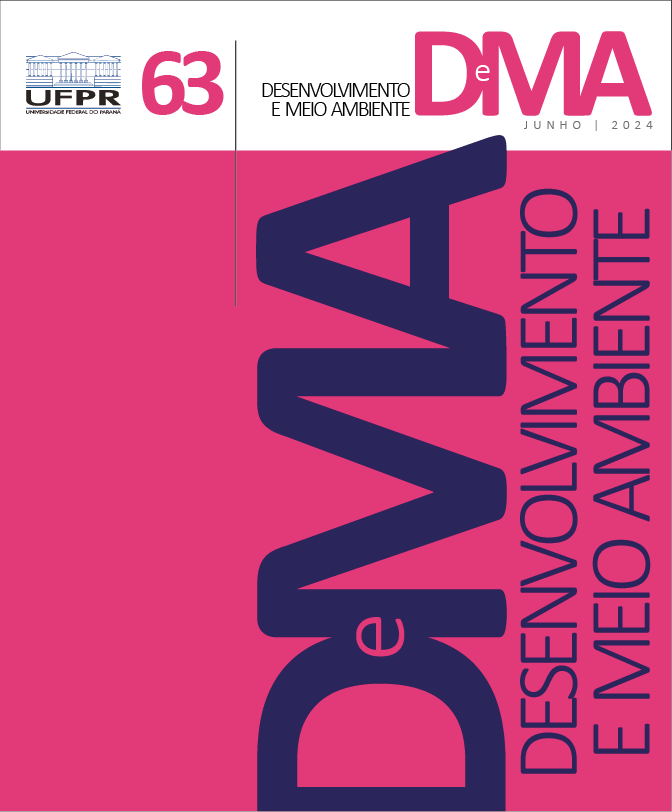Public food procurement and food security: an assessment of the impacts of the PAA on family farming in Brazil
DOI:
https://doi.org/10.5380/dma.v63i0.91581Palavras-chave:
family farming, gross income, production diversity.Resumo
Public Food Procurement (PFP) can be used as an important social intervention tool to promote food security for specific groups, foster rural development, and drive local and regional food economies towards more sustainable paths. The Food Acquisition Program (PAA) is a Brazilian government program created to encourage family farming and combat food insecurity and nutritional risks among socially vulnerable people. This study aimed to estimate the impact on gross agricultural income and production diversity for family farmers who delivered products for the main modality of this program: Simultaneous Purchase and Donation (CDS). We utilized an empirical difference-in-differences strategy, using microdata from government administrative records that cover all PAA-CDS purchase amounts in the country, as well as information on about two million family farming production units for the period between 2009 and 2017. Our findings indicate that PAA-CDS contributed to an average increase of 24.2% in farmers' gross income from production. The poorest benefited the most, with an increase of 45.9% for farmers in the 10th percentile of gross income. Regarding the diversity of production, we estimated a significant positive impact of the program on the diversity index and the number of products, as well as a reduction in the specialization of gross income. These results suggest that the program's design can be effective for its primary purposes.
Downloads
Publicado
Como Citar
Edição
Seção
Licença
Os Direitos Autorais sobre trabalhos publicados nesta revista são do autor, com direitos de primeira publicação para a revista. O conteúdo dos trabalhos publicados é de inteira responsabilidade dos autores. A DMA é um periódico de acesso aberto (open access), e adota a licença Creative Commons Atribuição 4.0 Não Adaptada (CC-BY), desde janeiro de 2023. Portanto, ao serem publicados por esta Revista, os artigos são de livre uso para compartilhar (copiar e redistribuir o material em qualquer suporte ou formato para qualquer fim, mesmo que comercial) e adaptar (remixar, transformar, e criar a partir do material para qualquer fim, mesmo que comercial). É preciso dar o crédito apropriado, prover um link para a licença e indicar se mudanças foram feitas.
Os conteúdos publicados pela DMA do v. 53 de 2020 ao v. 60 de 2022 são protegidos pela licença Creative Commons Atribuição – Não Comercial – Sem Derivações 4.0 Internacional.
A DMA é uma revista de acesso aberto desde a sua criação, entretanto, do v.1 de 2000 ao v. 52 de 2019, o periódico não adotava uma licença Creative Commons e, portanto, o tipo de licença não é indicado na página inicial dos artigos.




